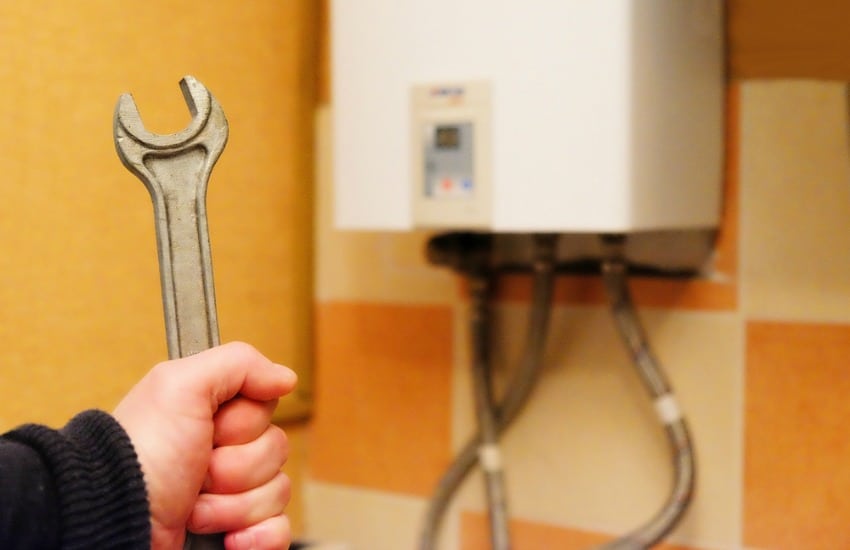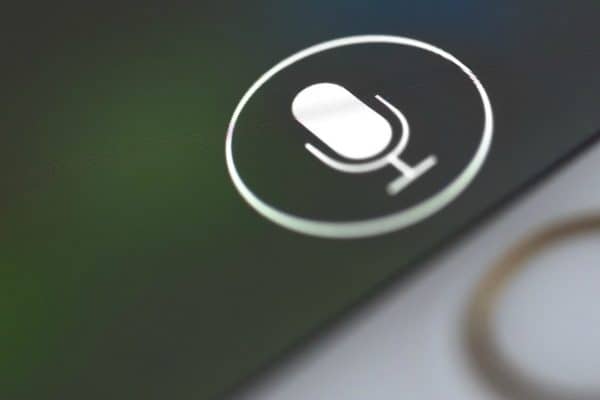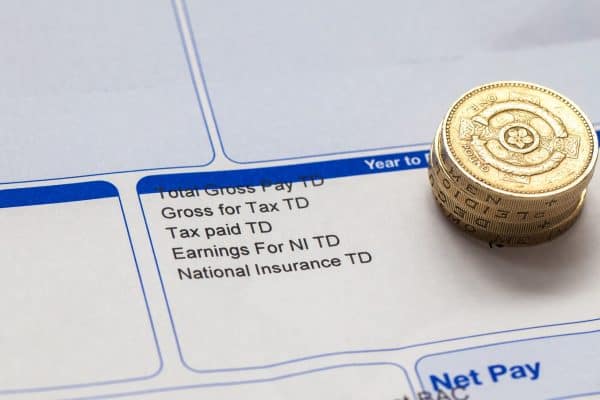We’ve all heard the expression ‘saving for a rainy day’. But what exactly counts as a ‘rainy day’? The idea of a ‘rainy day’ fund is that it can help you out when unexpected bills arise. You may need some extra cash to replace a home appliance or cover car repair bills. Maybe a medical emergency in your family has occurred, or your pet requires urgent treatment.
These expenses can come out of nowhere, but starting an emergency fund will help to reduce the stress of paying for these inconvenient expenses. Having a rainy day fund also means you won’t need to dip into your hard-earned savings. But how do you start a rainy day fund from scratch? Here are some tips to help you save for life’s little emergencies.

Start small
Arguably, one of the hardest things about saving money is actually starting it off and making it into a habit. Even if you have a savings goal in mind, try not to fixate on this as you get started – you could end up overwhelmed by the figure you want to save. Instead, treat your emergency fund as an ongoing process and save little but often. There are many for example, simply cutting out your morning coffee or making a sandwich at home could save you £3 per day, adding up to £1,095 over the yearMaking savings on your energy bills and other monthly essentials can also go towards your emergency fund.
Be bargain savvy
Work out your usual weekly shopping budget and set yourself the challenge of reducing that price. Supermarket comparison site MySupermarketCompare analyses grocery prices across 15 different stores. They claim that users save an average of 30% on their shopping bills by using the service. Also, keep an eye out for promotions or affordable alternatives, as these can often be just as good as the expensive version. Instead of spending the cash you save, put it in a savings account. After all, you’ve already budgeted a certain amount for your groceries, so by stashing the savings away, you won’t be missing out or strapped for cash.

Out of sight, out of mind
If you can’t see your emergency fund, you’ll be less likely to spend it. BankRate says, ‘If you create some separation between your spending account and your savings account, it’s less likely that you’ll dip into it for something other than an emergency’. Sometimes, you may feel it’s easier to stick with your bank out of loyalty or just because it might be a hassle setting up a new account. But this is not the case. Most bank accounts are extremely easy to set up, whether online, in a branch or over the phone.
Opening a rainy day fund with a different bank will mean you’ll have to make a special effort to check your balance, as you’ll have a separate online banking login. This could help you resist the temptation to transfer funds between accounts. To get the best deals, use a comparison website like MoneySupermarket. You can see what each bank has to offer and choose the one that’s best for you.
Read more: Essential Money Hacks To Boost Your Savings
Automate it
Work out a set amount that you can take from your disposable income each month and set up a standing order to your savings account. It doesn’t matter if it’s £1 or £100 – if you don’t have to physically move the money yourself, you probably won’t miss it as much. If you set the standing order for the day of, or after your payday, it will be safely stashed away before you can even think about spending it!
How much should I have in an emergency fund?
The rule of thumb you often hear regarding an emergency fund is to have 3 to 6 months’ worth of expenses locked away. However, for those at the beginning of creating an emergency fund, this figure may not be achievable in the short term.
How much you put into your rainy day fund depends entirely on your monthly outgoings. Your first action is determining how much you spend per month on the essentials and how much you have left over from your incomings. After this, you can decide how much you would like to set aside in an emergency fund.
Let’s say your monthly outgoings are £1000, which includes all your household bills, car expenses and grocery costs. This would mean that to reach a recommended emergency fund of 3 months’ worth of expenses, your emergency fund would total £3000. If you were to save £125 per month (or around £30 per week), you would reach your emergency fund goal within two years. Once your emergency fund target has been reached and is stored safely within a savings account, you won’t need to touch it until the day comes when it is required.
There are many online resources you can use to quickly work out how much to put in an emergency fund. With an emergency fund calculator, you can figure out a savings goal that works for you.
When should I use my emergency fund?
An emergency fund is your own insurance policy that you can access whenever you need it, but what constitutes an emergency, and when should you dip into the rainy day pot?
Firstly, you should decide what to you is an emergency. In most cases, something may be classed as an emergency if it significantly disrupts your life. Perhaps your car is in a much-needed repair, and it is stopping you from getting around, or you have a long-term injury playing havoc on your life. Or maybe it has to do with your work? Is your job secure, or are you considering starting a new career? An emergency fund should be accessed when you believe it will significantly benefit your life. Remember, make sure that once you have dipped into your emergency pot, that you start replenishing the fund in line with your rainy day fund goals.
We have much more emergency savings advice for you to discover in our money savvy blog, or if you are seeking more tips on how to budget your money, see our budget living advice to remove the stress of saving money.




















